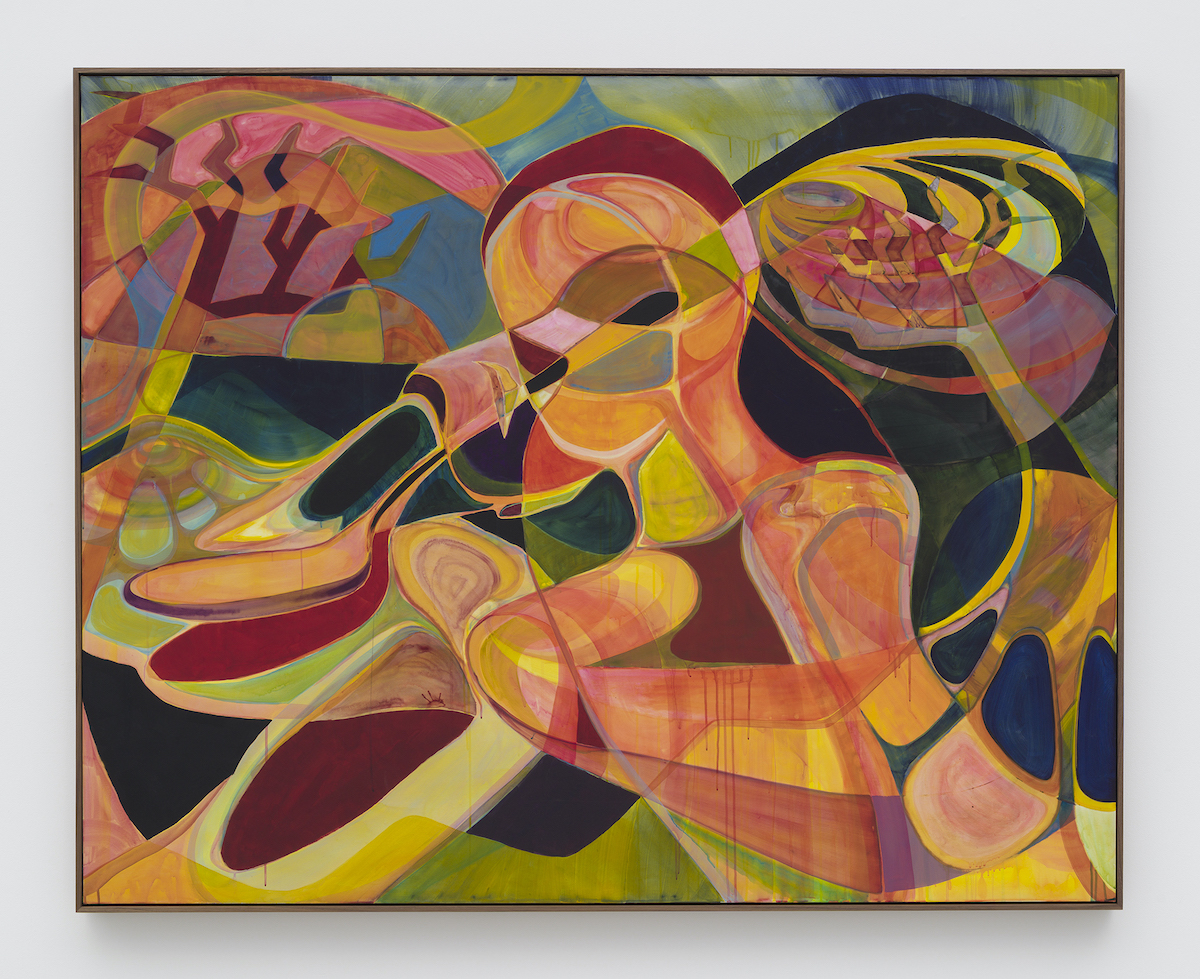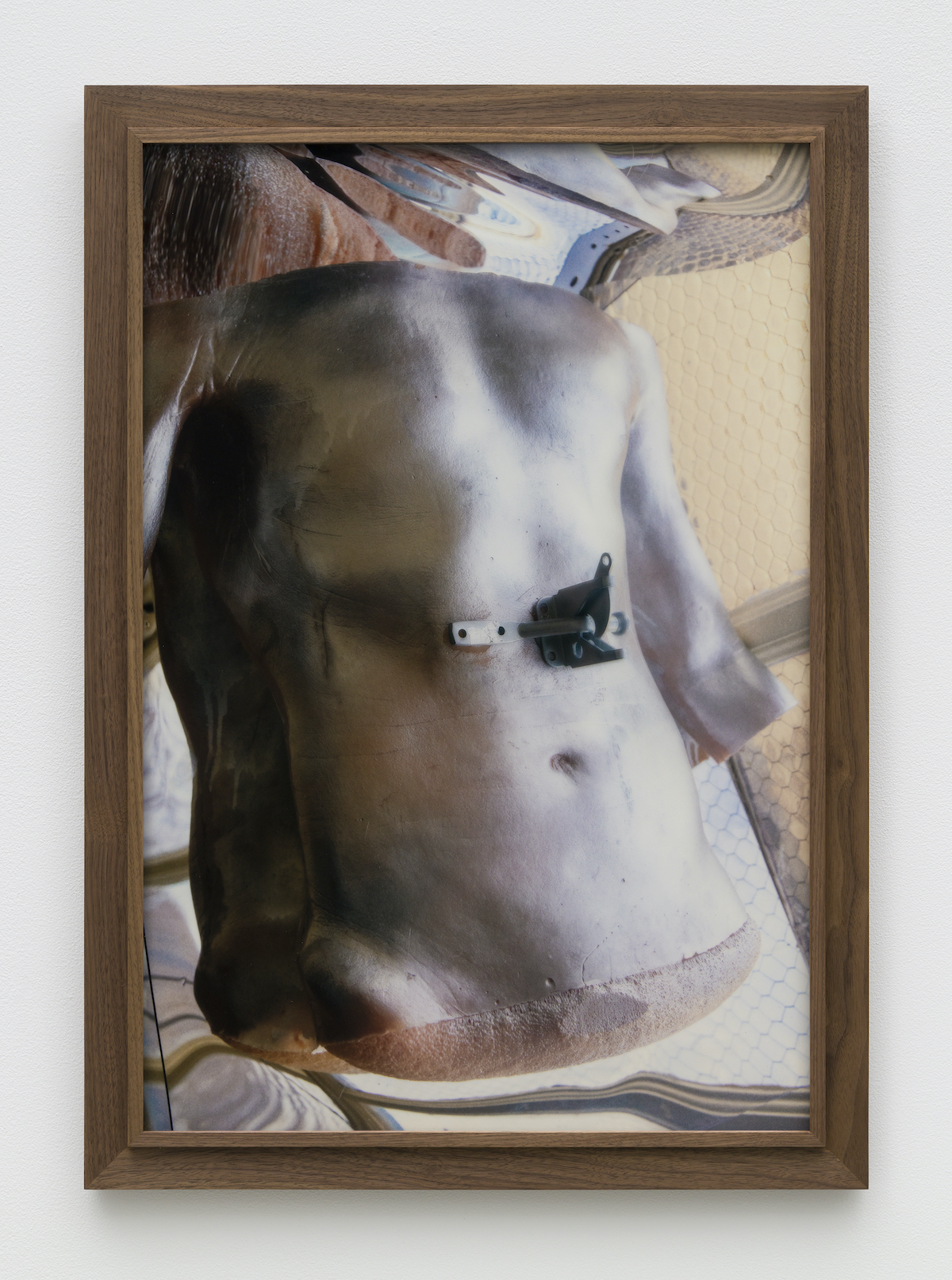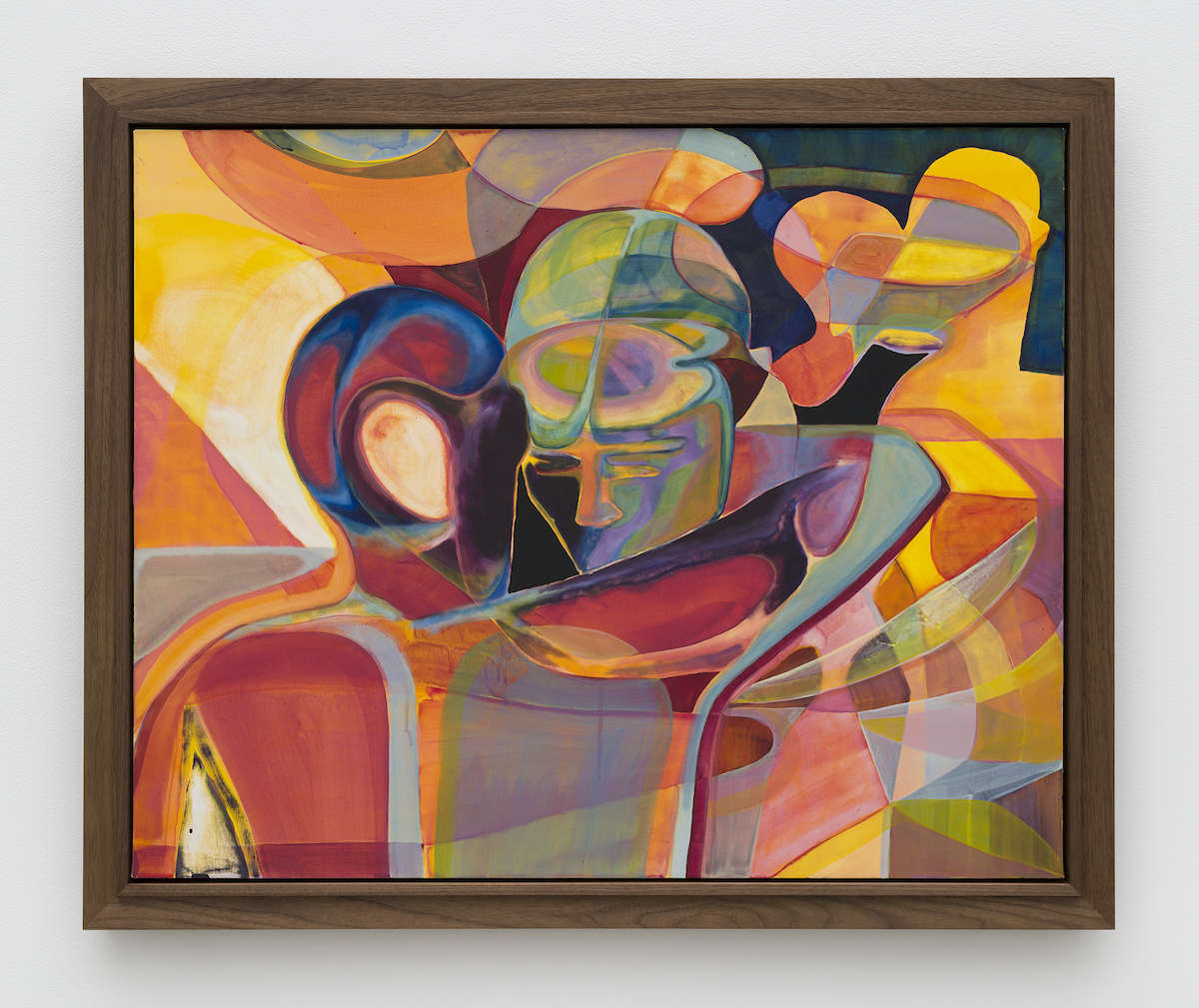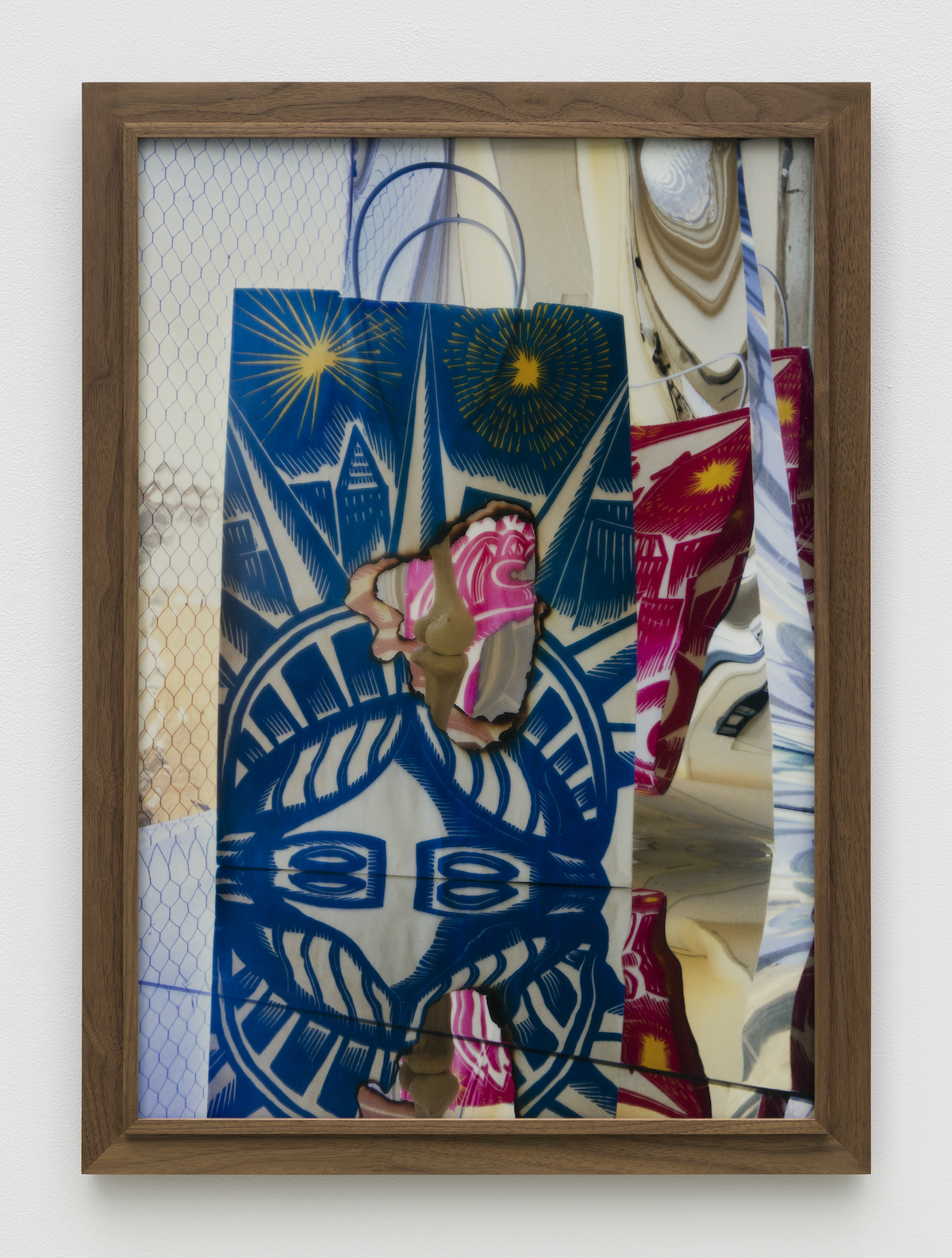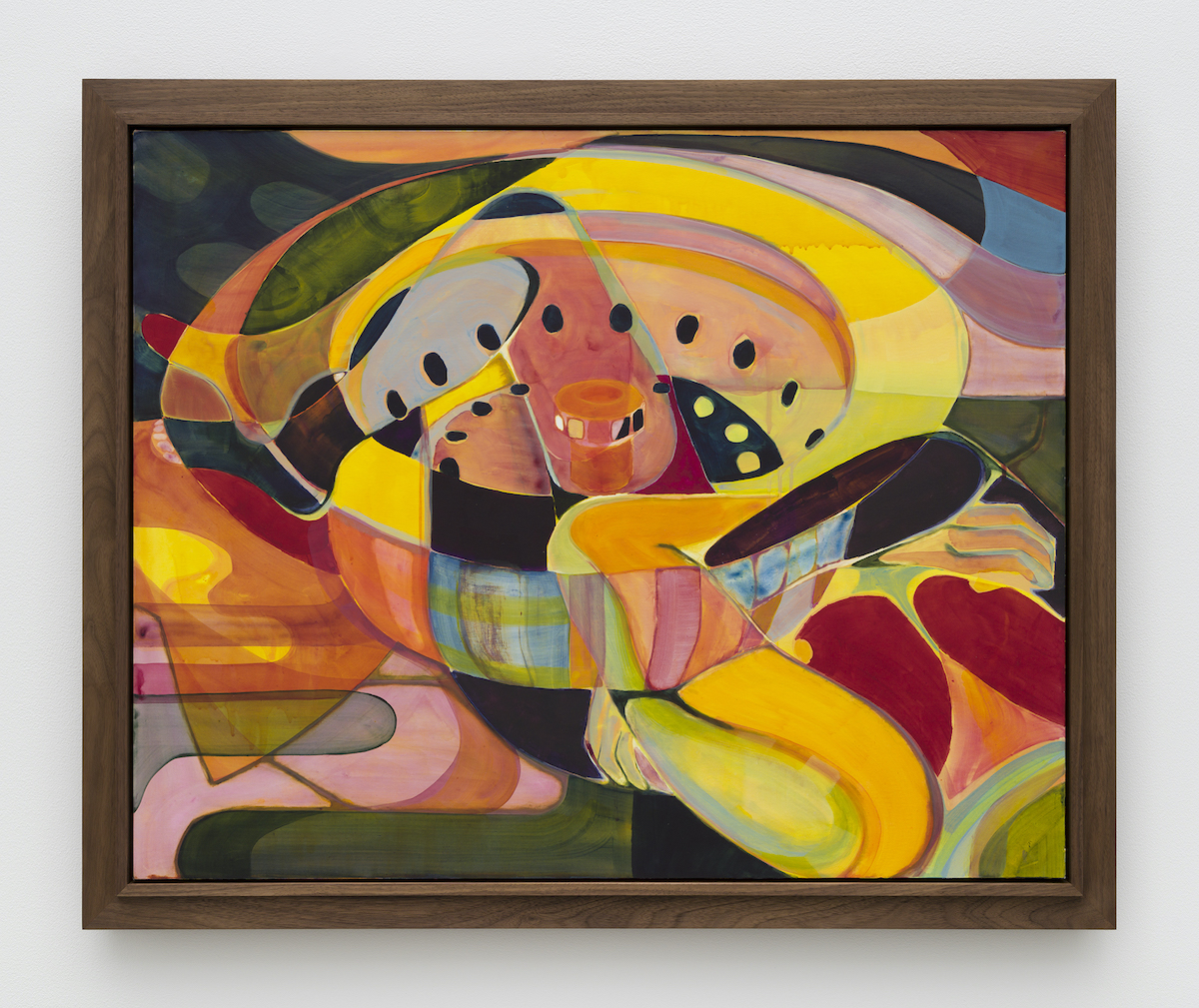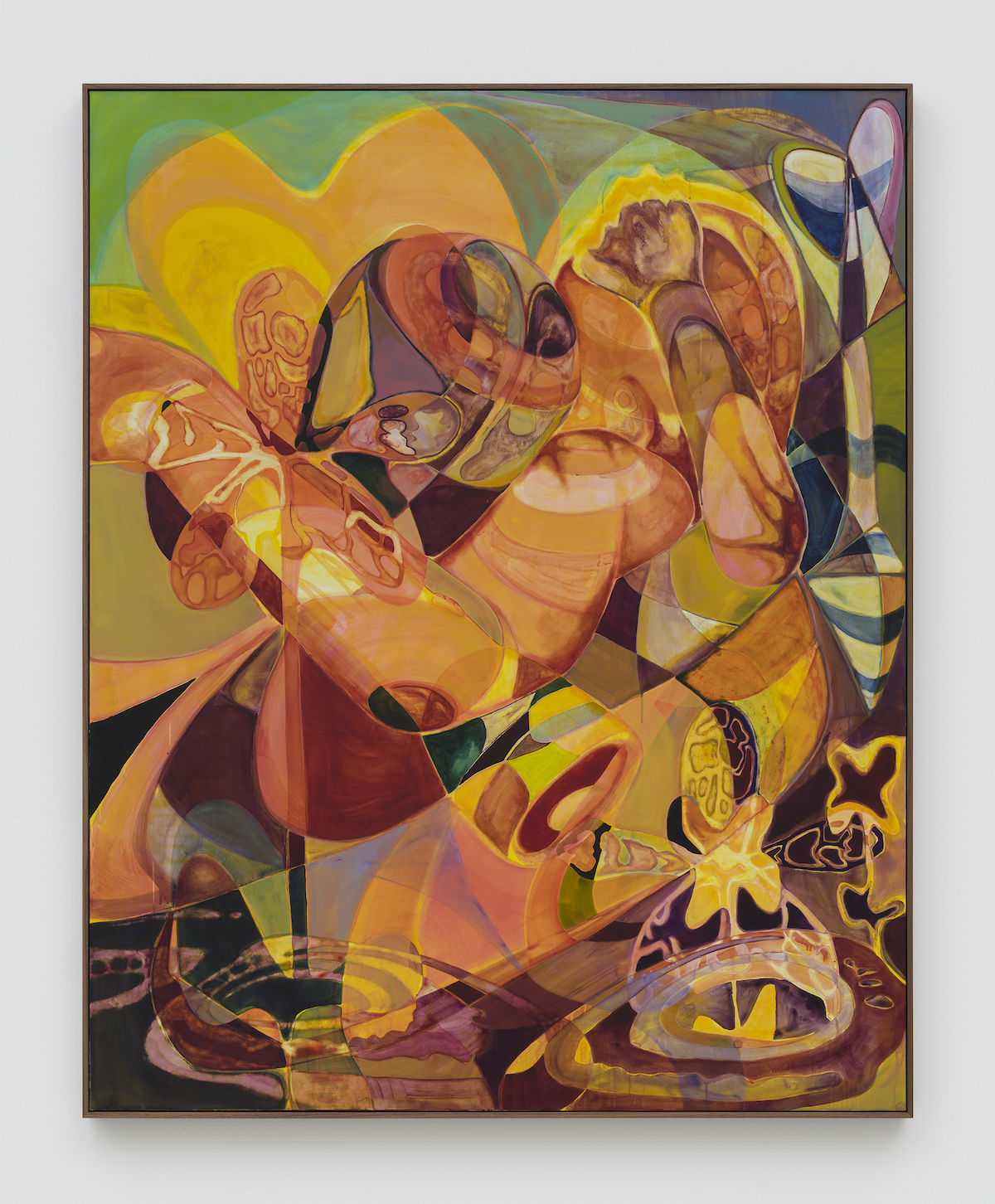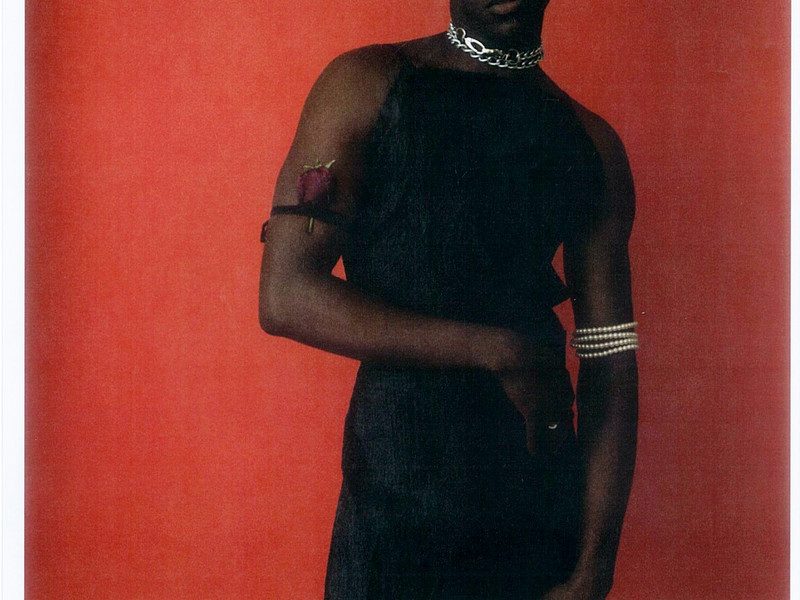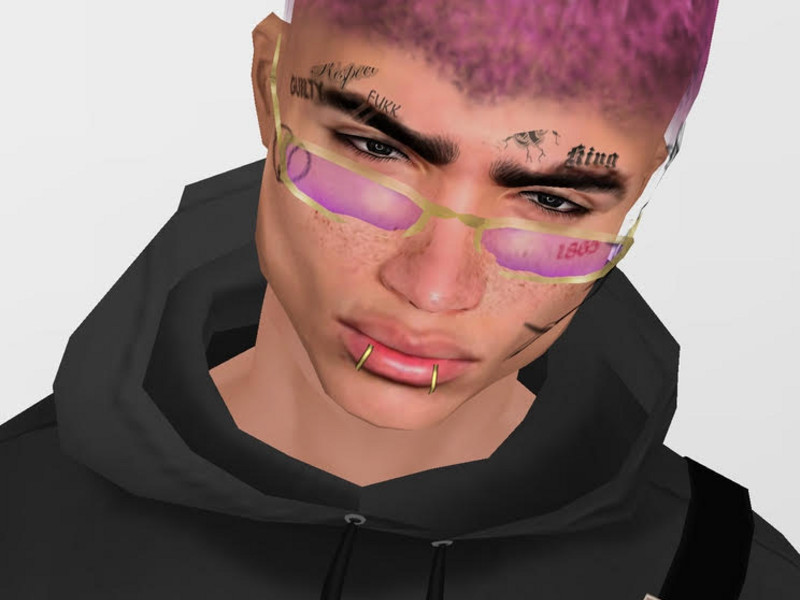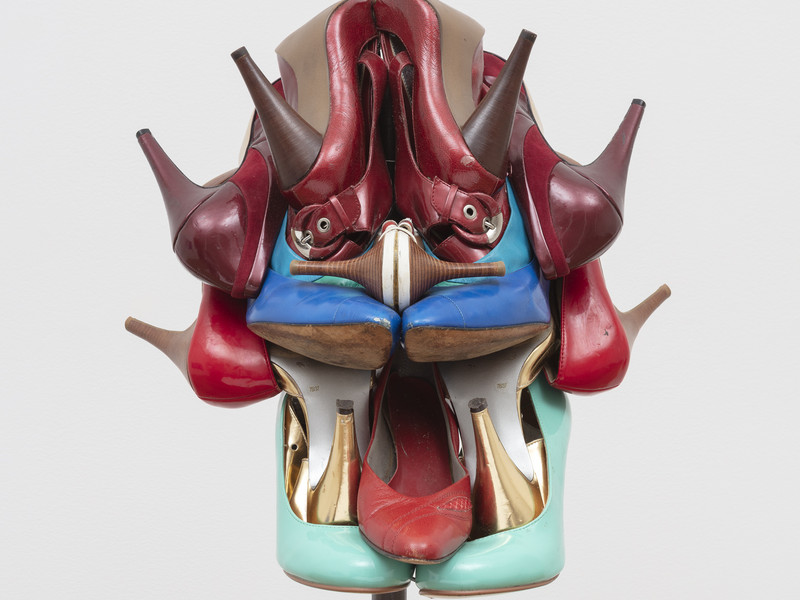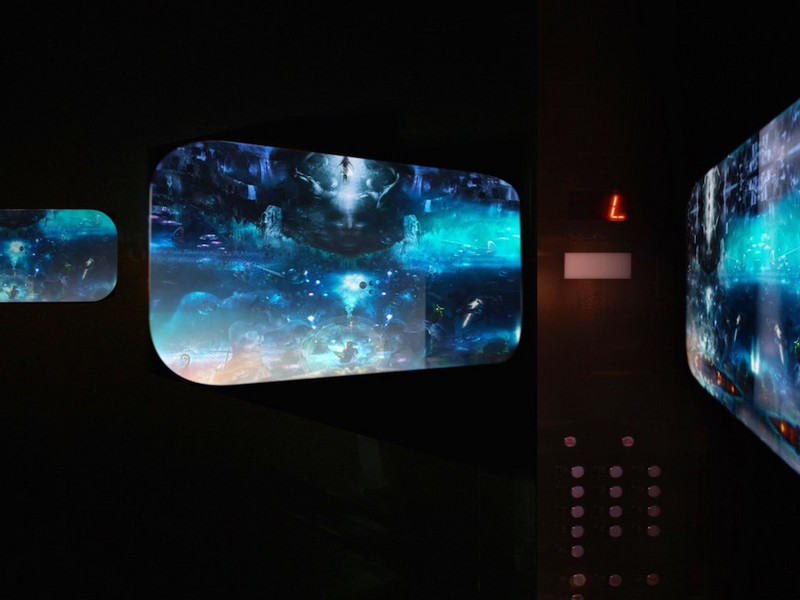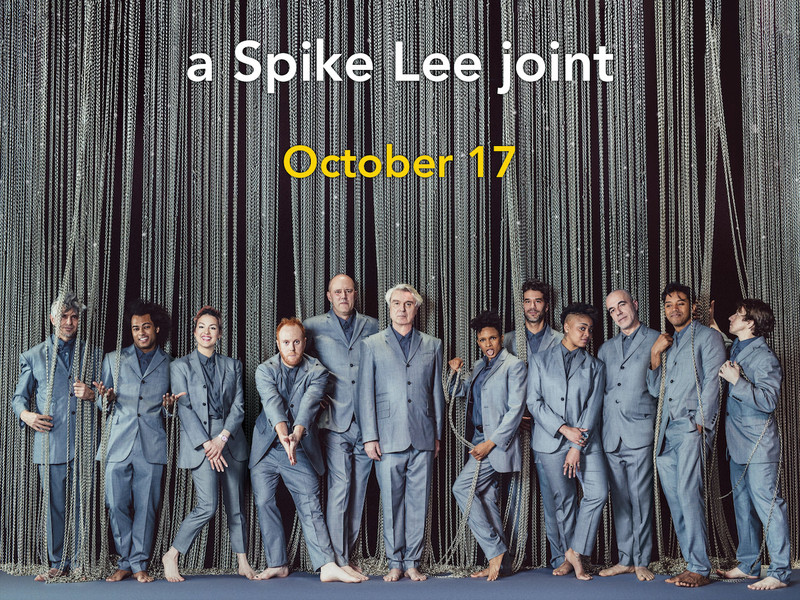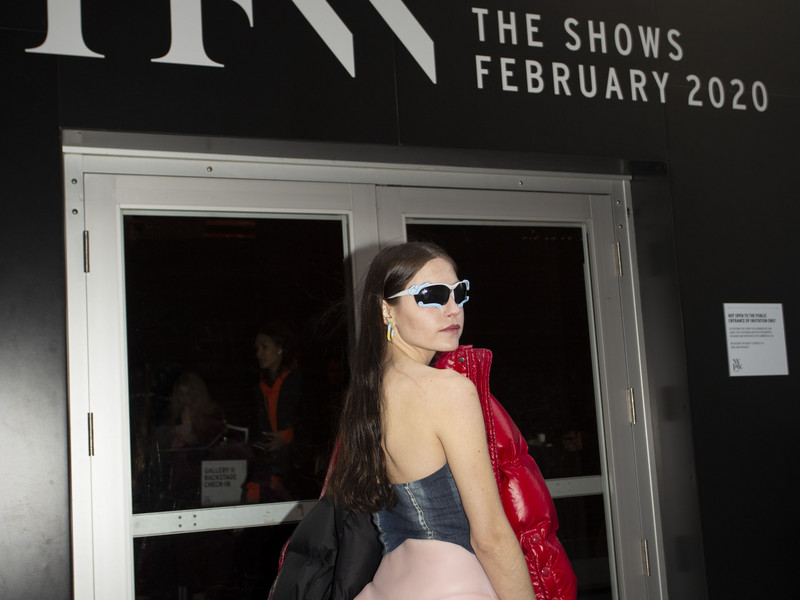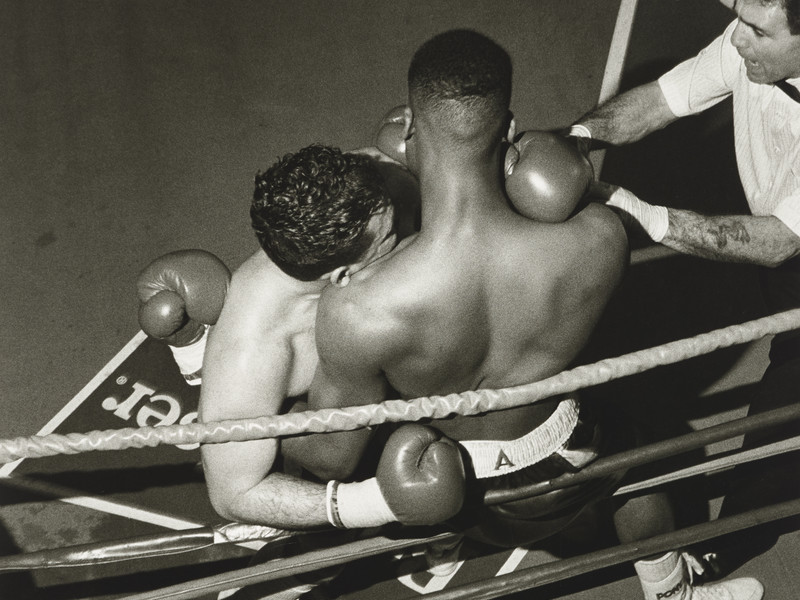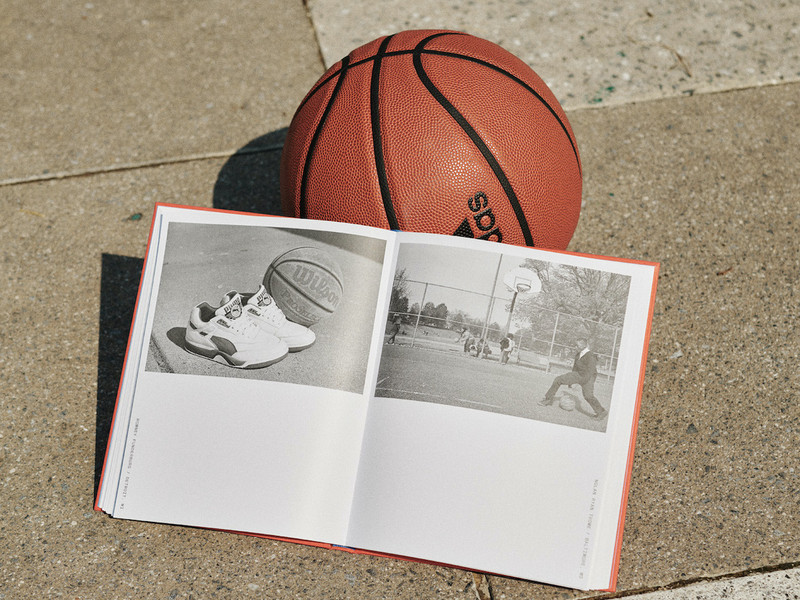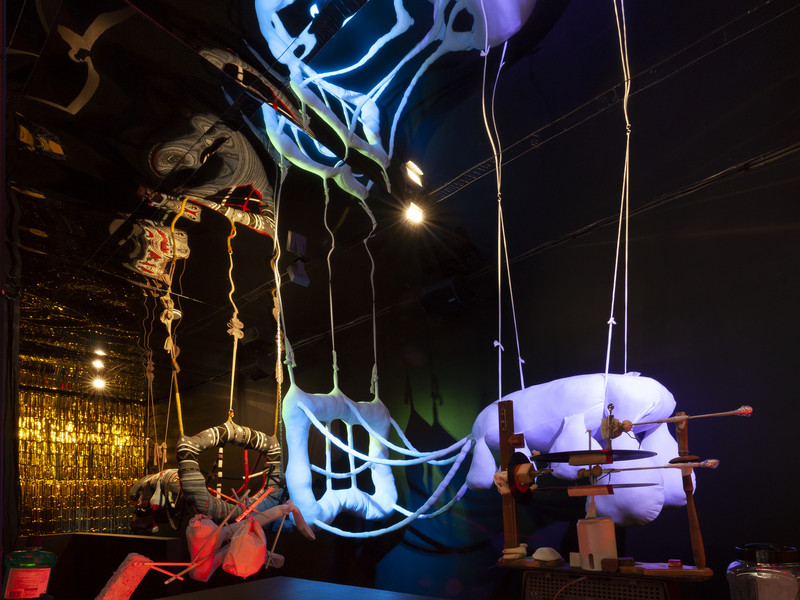Distorting Photographic Reality at Chapter NY
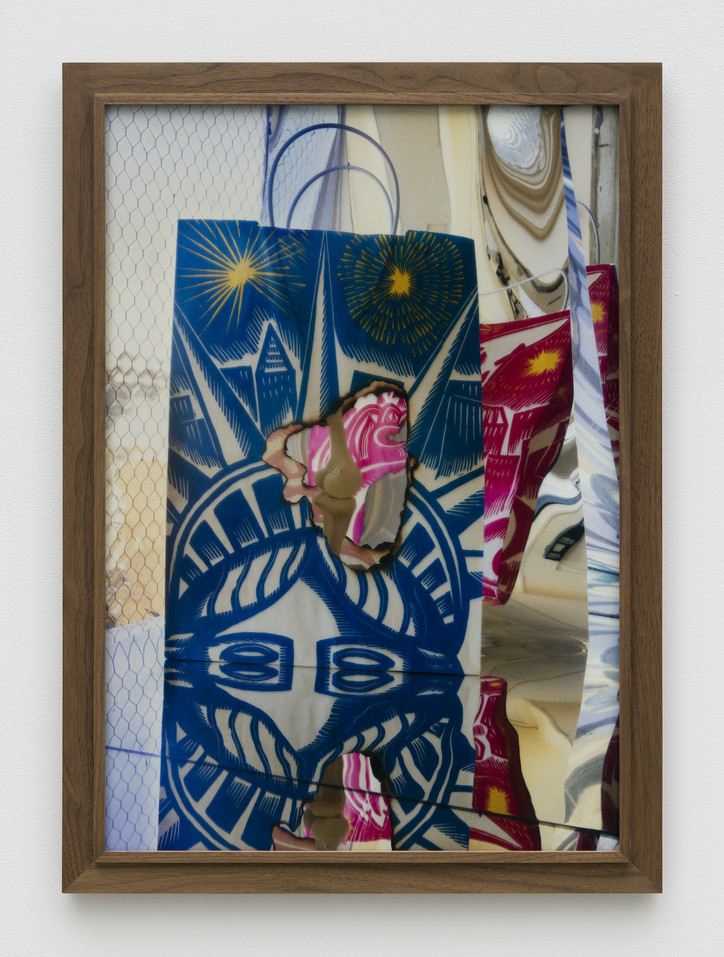
Informed by her background in photography, Willa’s paintings intentionally evoke the translucency and flatness of photographic images and investivates the validity of reality depicted in photography. There’s a sense of erotica in her work, that explores the antinomy that inanimate objects can evoke sensuality while body parts can be simultaneously de-sexualized. The ambiguity in each work plays with dualities of meaning and proposes an unraveling of boundaries as they relate to gender and power.
Office sat down with Willa to discuss her introduction into the art world, her relationship with photography, and the process behind her latest exhibition.
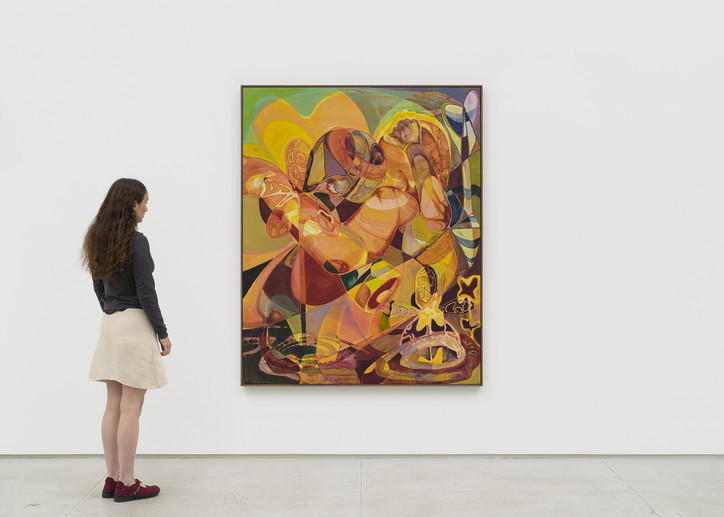
This set of works had a much more vibrant tone than some previous works. What was the inspiration behind this exhibition?
Kodak makes a film called Portra VC that I used to hate, but now I love. VC stands for vivid color and it produces these super saturated colors that in some cases can be cloying but when done right can feel so lush. I don’t actually use that kind of film in my work but it is a palette reference for my paintings especially. I am using acrylic, which is a synthetic, and because of that it can be misunderstood as harsh. But it’s possible to produce something softer and deeper with it. I’m using a material that on its face feels artificial but can be worked into some kind of harmony with itself. When I think about tone I think about finish as well. The photographs are printed onto the underside of plexiglass so they feel buried in a thick gloss - it reminds me of cibachrome printing. I want to make things that feel both wet and dry, translucent and saturated.
Were you always interested in art or was this something you delved into when you moved here for school?
I knew I wanted to go to Cooper Union, which is an art school, so I had some conception of myself as an artist by the time I got here. As a teenager, my entry into thinking about “Art” was through subculture. I grew up in southern California, I was into skateboarding and inline skating and different music scenes. I thought about making art not really as a career but as a vehicle to connect with likeminded people and to articulate who I was and what I cared about. Going to school didn’t show me much about how to combat the professional stressors of the art industry, which are intimidating and difficult, but it did solidify this idea that making things consistently is a useful way of processing the world. As a counterpoint to religious faith or other devotional practices, it allows you to feel some other kind of purpose over a lifetime.
What is it that draws you to photography and distorting your images?
Photographic images have a unique emotional impact — they moonlight as objective truth tellers even though we know they’re subject to such intense manipulation. Noticing that power and pulling it apart through distortion is a rich problem. I like the relationship to chance in photography, that you don’t know what you’re going to end up with. Finding ways of surprising myself through photographic effect keeps me interested.
Do you prefer one medium of paint and photography over the other?
No. Generally, people really want you to choose one thing, but when I spend a long time working in one way it makes me miss the other. I’m more interested in how two distinctly different ways of making things can balance one another out. This widens my ability to interface with the world. I like reflecting the history of one medium onto another so when I make photographs, I think about the history of painting and apply that kind of analysis to an image - but my paintings often are more grounded in different imaging processes or technologies as a subject than painterliness.
Tell me more about how you depict the human body in your works- is sensuality playing a role or is it merely an analysis of form from varying perspectives?
Erotic charge is absolutely a subject of my work but the non-human or inanimate can be sensual too. Meaning the most sensuous parts of the body can be desexed and at the same time you can make something inanimate feel hot. I get satisfaction out of flipping those things around.
Where do you gather inspiration and resources for your pieces?
I find things on the street a lot. I just took an inventory of the trunk of my car to answer this question. Right now I’ve got a fire hydrant screw top, a car boot, one of those cinder block flower shaped tiles that people build front yard walls with, some dried out pods that fall out of this tree by my studio, and a football helmet.
